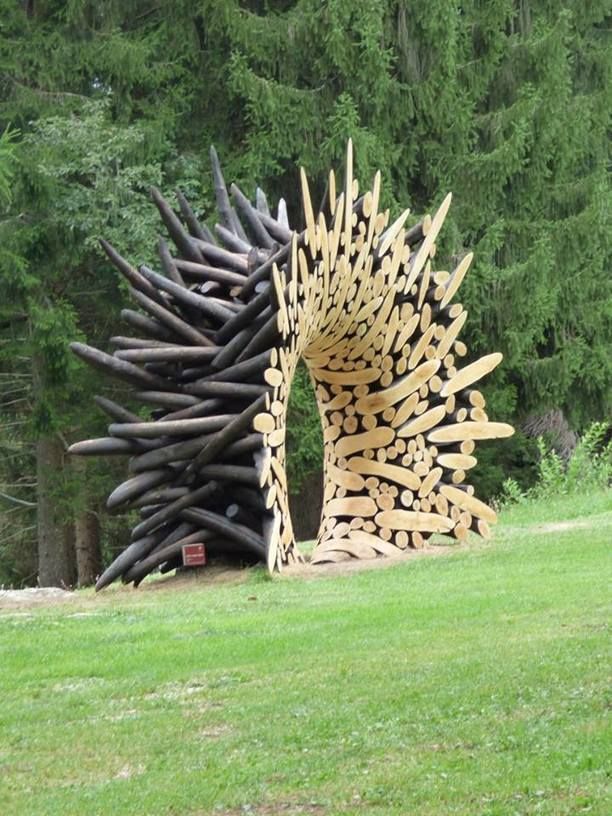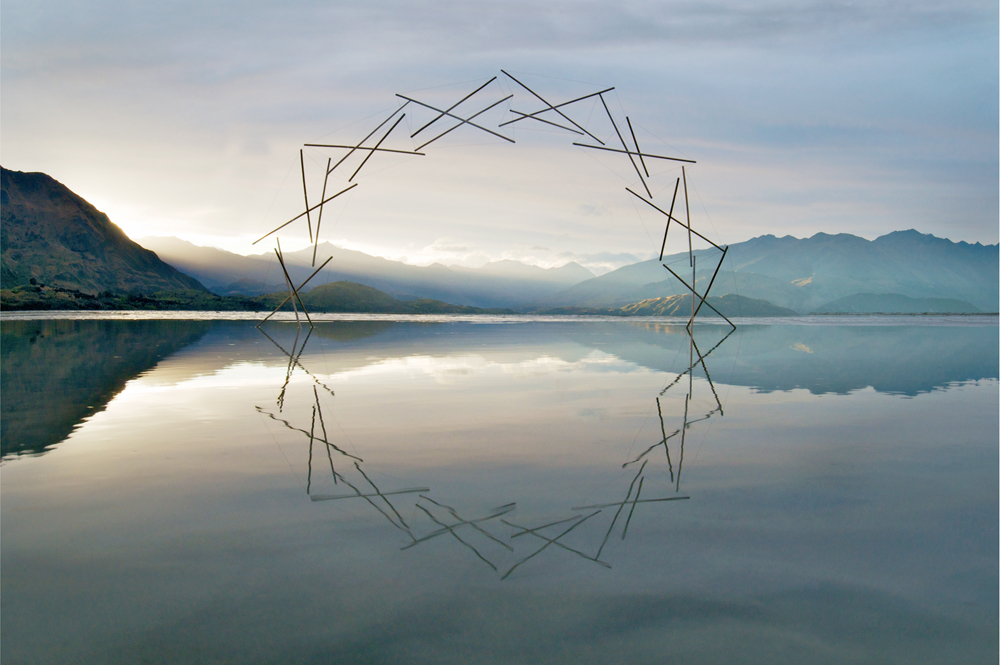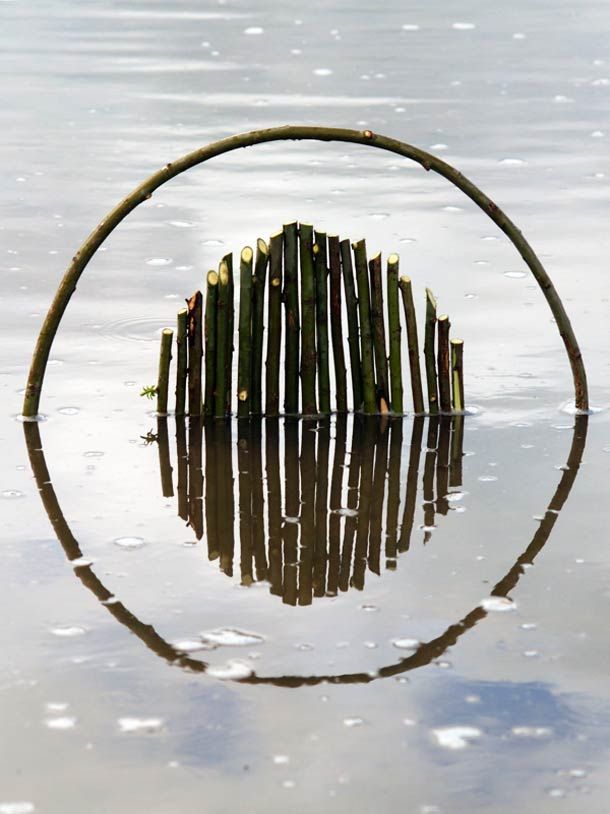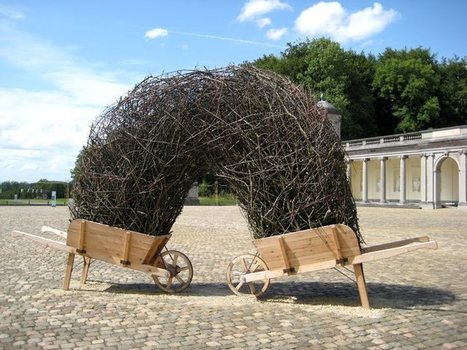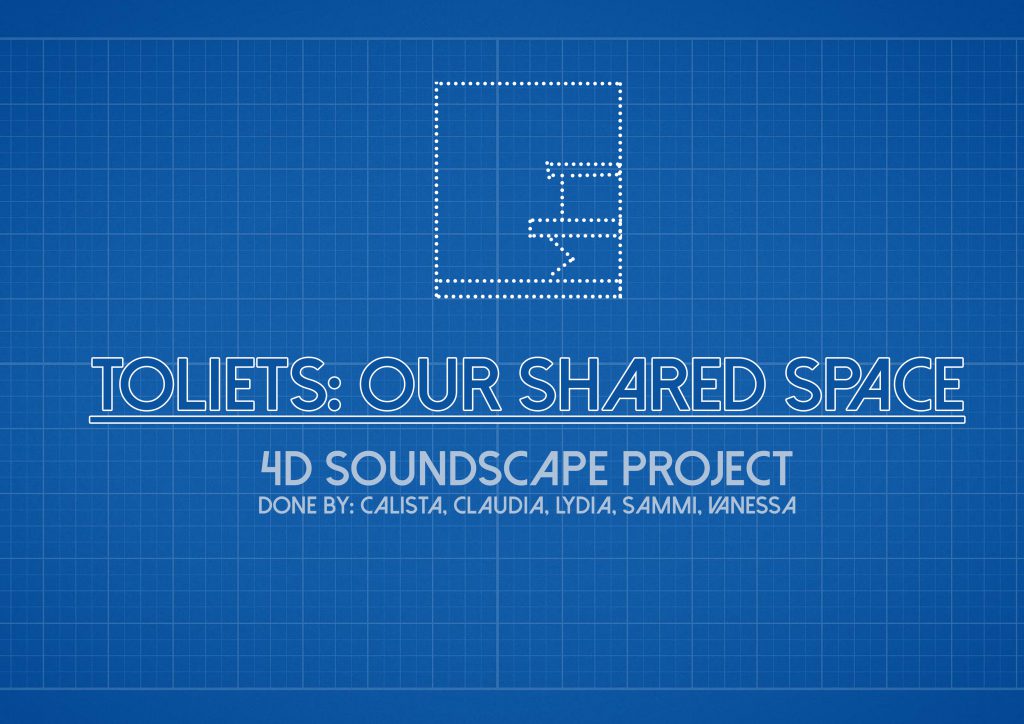Research
As I walked down Orchard Road and the Downtown area, I saw a lot of unique architecture and initially wanted to focus on that.

For example, Millenia Walk had a structure that reminded me of the Great Pyramids in Egypt.

I also went to Marina Bay and took a photo of the architecture there. However, Shirley said that it lacked a personal touch and would feel too much like a tourism board brochure, promoting Singapore. Hence, I took another trip down Orchard Road and saw this performance, with huge crowds surrounding them. Then I was reminded of how many interesting performances and buskers I have seen along the street and wanted to talk about them, since they were quite a unique feature about Orchard Road.

I decided to approach Orchard Road with five senses, five senses that would not usually be associated with Orchard Road. It is often associated with high-end brands such as Louis Vuitton and Miu Miu, brands that would not be found in heartland malls. Yet, there was something down-to-earth about Orchard Road and I wanted to convey that. Hence, I chose features that normally wouldn’t be associated with luxury and glamour:
Sight: Unique architecture (I wanted to keep this from my original intention as it was definitely an interesting feature)
Hearing: Street performers (buskers are often thought of as poor and unemployed, thus resorting to busking)
Smell: Smokers (I personally feel that a high end shopping area is usually very well managed, and would be very clean. Yet, there are a lot of smokers all along the street and this has not be intervened by the government even though the government has already implemented stricter smoking laws in public places. Hence, it was rather interesting to note that the smoking laws at Orchard were relatively less strict.)
Touch: Crowds (Coming here on weekends is a challenge as it is often crowded. Even though the numbers have dwindled over the years, it is still very crowded and you would definitely have to bump shoulders with someone as you walk.)
Taste: Ice cream (One thing I will always remember about Orchard is the ice cream trucks scattered along the street. I especially love going to the uncle situated at the traffic light junction near Paragon and Takashimaya. Since the ice cream is so cheap, it does not match with the high end reputation of Orchard Road.)
Process
Layout 1:
I felt that my first layout was very empty and did not have enough elements on the page. Referring to my main inspiration, even though it was very simple and minimal, there were a lot of small elements in it that kept it interesting. Hence, for my next layout, I decided to add paint splatters to give the pages more interest. (I had forgotten to save that version so here’s an example of what it looked like, the photos were initially vibrant, like the ones in the second layout.)


Layout 2:






After tweaking with the paint splatters, I ended up really liking it. I decided to keep the splatters black as my photos did not have a specific colour palette and having coloured paint splatters would have made it look uncoordinated. I also changed the fonts on the first and last page as Shirley mentioned that the font was “shouting”, being all caps.
Layout 3:





After editing the photos and making it more muted, I wanted to try adding some colour to my layout. But Sammi mentioned that it felt as if I was adding the pink strips just for the sake of it, which I realised I was. Hence, I took it out.
Reflections
Overall, this was a tiring project. From the research to sifting out personalised and interesting content to arranging that same content in an easy and fun to read layout. However, I definitely enjoyed it and I felt a sense of accomplishment when I got my zine printed. Some things that I learnt from this project includes realising the importance of getting feedback.
During the musical chair critique session, I realised my classmates had pointed out certain details in my zine that could be edited and improved on. These were things that I did not notice and after reading their comments, it opened my eyes. As designers work on their designs, they can sometimes become numb to their own designs and it would definitely be helpful to get a second or even third opinion about the design. It was also very fun to discover InDesign as I worked on my zine and realising the things it could do!
Check out this link for the final outcome of my zine!

